Sundarbans Tigers: The Swimming Predators Of The Mangroves
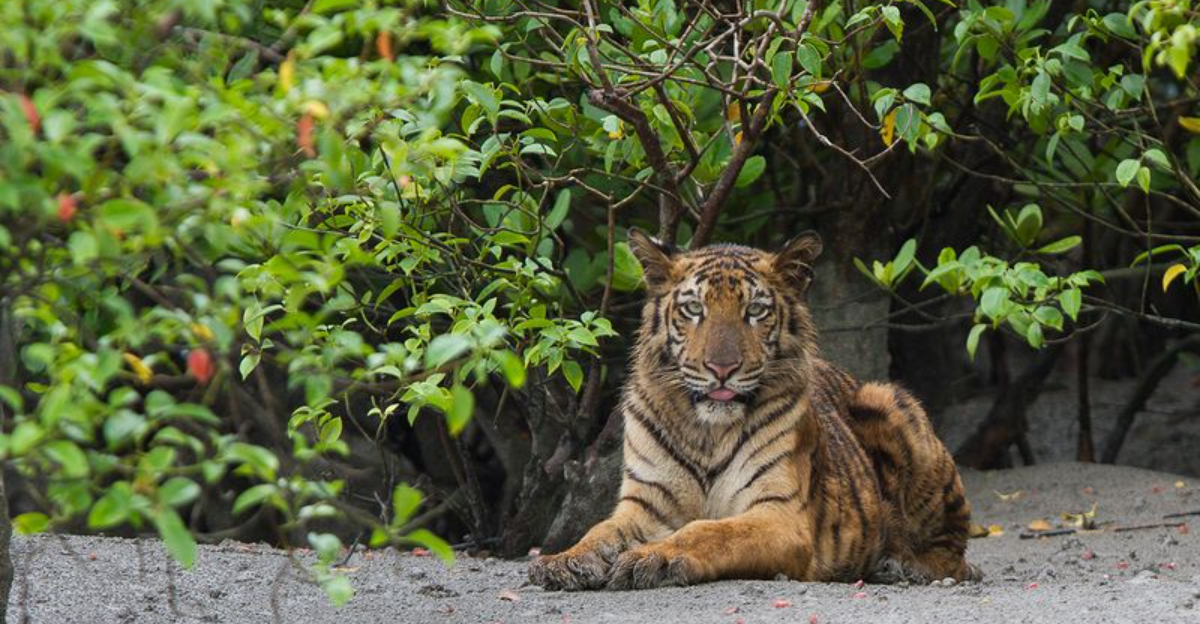
Hidden within the tangled mangrove forests between India and Bangladesh lurks a legendary big cat with unique survival skills. Sundarbans tigers have adapted to one of Earth’s most challenging habitats, developing abilities their jungle cousins never needed.
These remarkable swimmers navigate brackish channels and hunt in muddy terrain, creating a reputation as both mysterious predators and vital guardians of their shrinking ecosystem.
1. Salt Water Swimmers
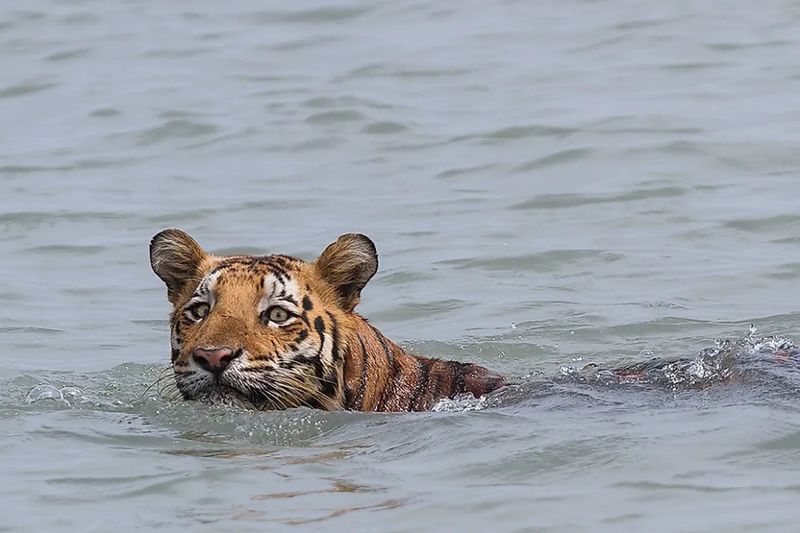
Unlike most big cats who avoid water, Sundarbans tigers regularly paddle through salty channels up to 4 miles wide! Their powerful legs slice through currents as they island-hop across the delta.
These remarkable swimmers have even been spotted far offshore, leading to legendary tales among local fishermen about tigers appearing seemingly from nowhere.
2. Smaller Than Average
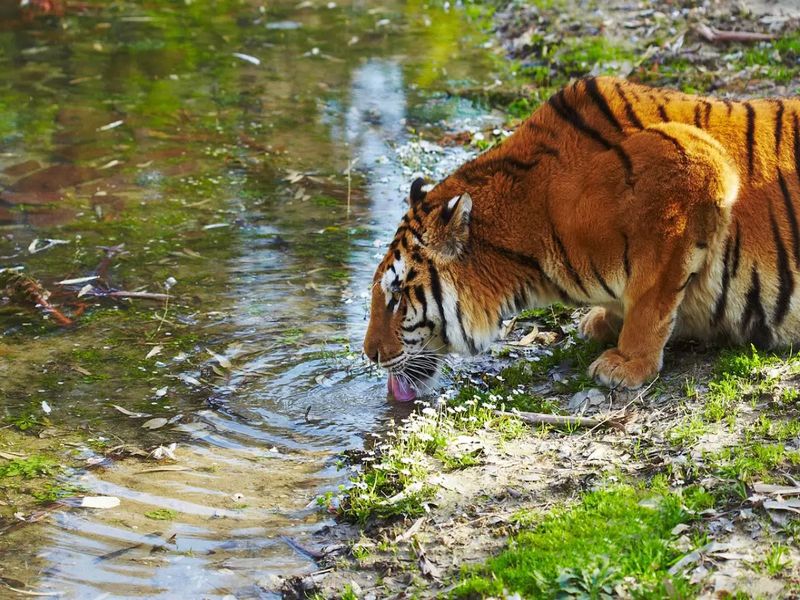
Measuring about 20% smaller than their mainland relatives, these compact predators have evolved for mangrove life. Their reduced size helps them slip through dense vegetation and conserve energy in a challenging habitat.
Adult males typically weigh 400-550 pounds versus the 650+ pounds of their continental cousins.
3. Man-Eaters Reputation

Feared throughout history, these tigers claim between 50-60 human lives annually. Some researchers believe the high salt content in their usual prey makes human flesh taste comparatively sweeter to them.
Local villagers wear masks on the back of their heads when gathering resources, as tigers typically attack from behind.
4. Honey Collectors’ Nemesis

Brave local honey collectors face tigers while harvesting wild combs in remote mangrove areas. Wearing traditional cotton clothing and armed with only sticks, these harvesters perform ancient rituals to Bonbibi, the forest goddess, for protection.
Tigers have learned to associate human presence with potential meals in these isolated spots.
5. Drinking Salt Water
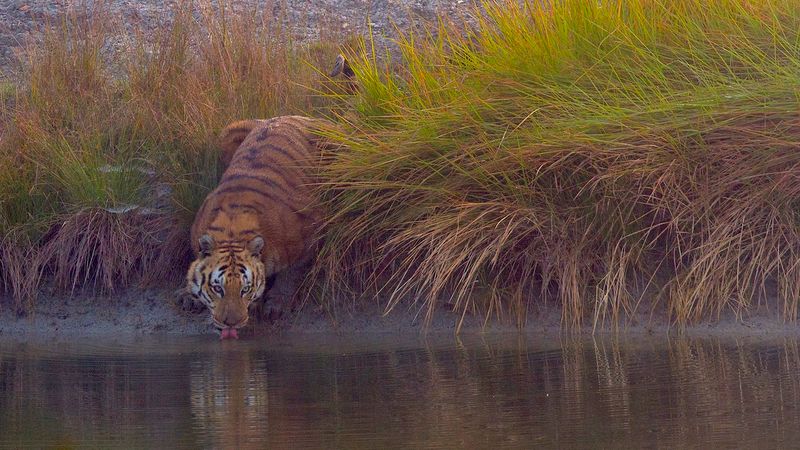
Most cats would die drinking salty water, but these tigers have adapted kidneys that process brackish water! Fresh water is scarce in the Sundarbans, forcing this remarkable adaptation.
Scientists believe their specialized kidneys filter salt more efficiently than other tigers, though the exact mechanism remains poorly understood.
6. Muddy Paw Specialists
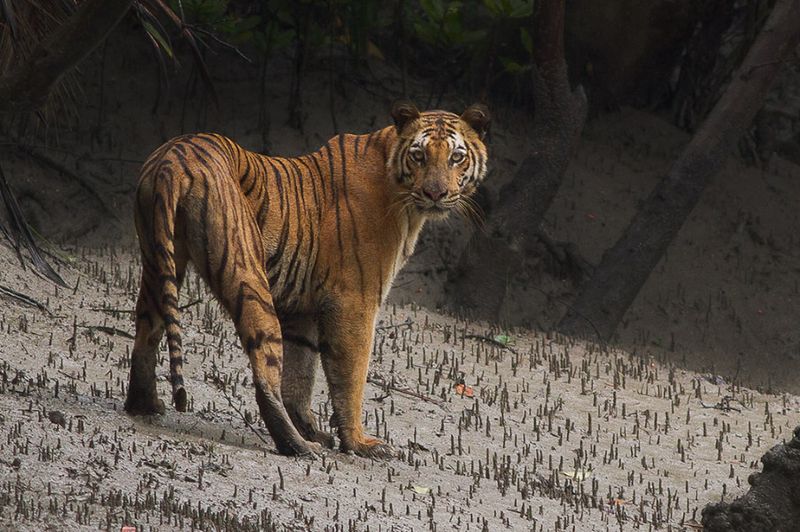
Walking on mud requires special skills! These tigers have developed broader paws that distribute weight like natural snowshoes, preventing them from sinking into the treacherous mangrove mud.
Their unique footprint pattern helps researchers identify individuals during population studies without disturbing these elusive predators.
7. Crab Cuisine
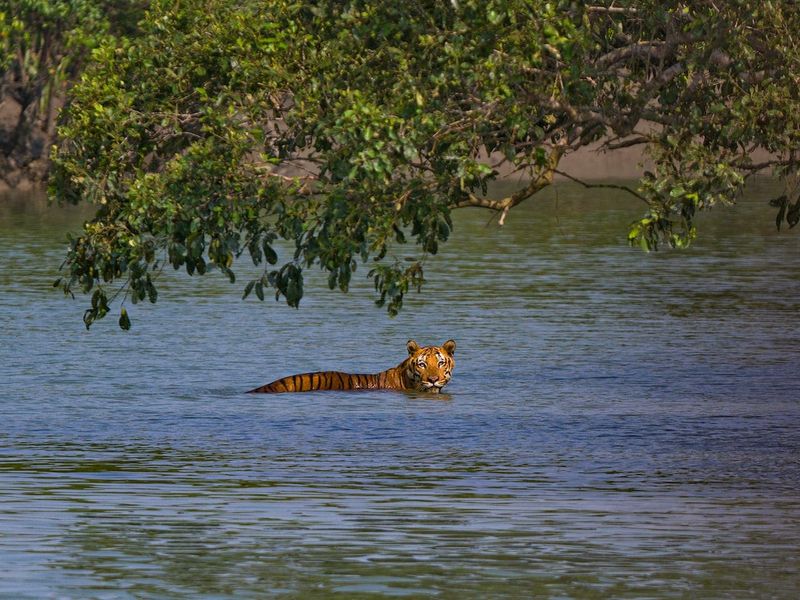
When deer and wild boar are scarce, these resourceful hunters turn to mud crabs! Using their dexterous paws, they flip over rocks and dig into mudbanks to extract these protein-rich snacks.
Researchers examining scat samples have found crab shells make up nearly 8% of their diet during certain seasons.
8. Camouflage Champions
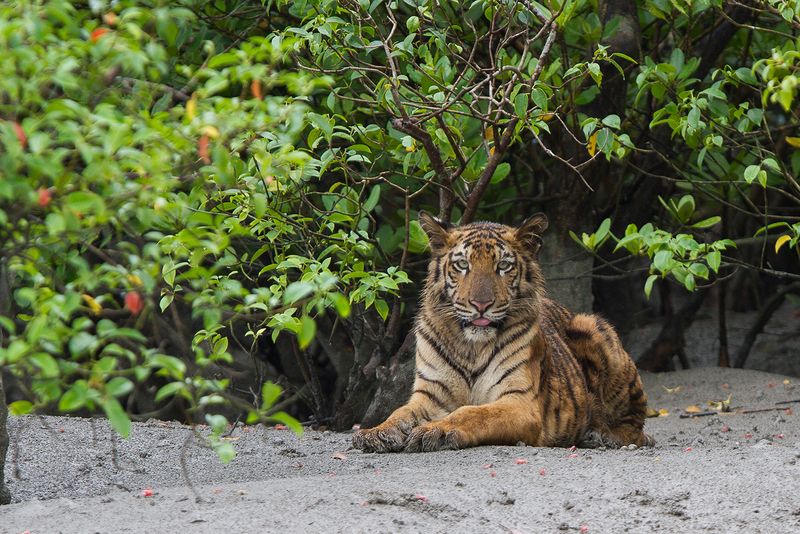
Their orange coats appear almost golden-brown, perfectly matching sun-dappled mangrove shadows. This specialized coloration helps them vanish against muddy banks and tawny vegetation.
Fishermen report tigers seeming to materialize from nowhere, their stripes breaking up their outline in the complex patterns of light filtering through mangrove canopies.
9. Fish-Hunting Technique
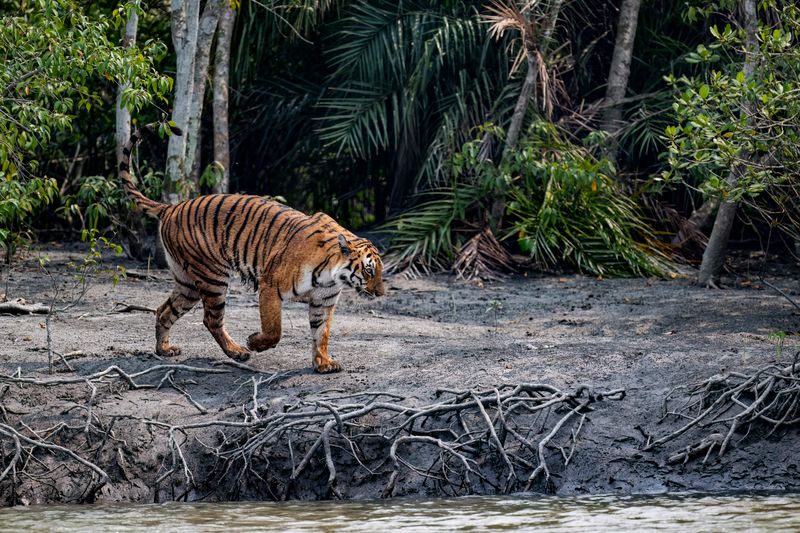
Move over, bears! These cats have mastered fishing techniques unique among tigers. Standing perfectly still in shallow water, they use their whiskers to detect vibrations before lightning-fast paw strikes snag passing fish.
Local fishermen sometimes find partially eaten fish with distinctive fang marks along riverbanks.
10. Climate Change Threats
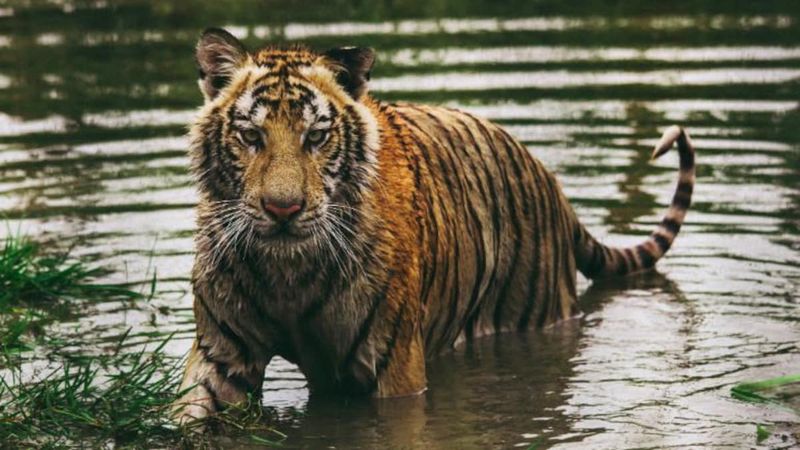
Rising sea levels threaten to swallow 96% of their habitat by 2070! Every inch of ocean rise means less hunting territory and increased human conflicts as tigers move inland.
Conservation efforts now focus on preserving highland areas that might remain above water as these cats face an uncertain future in a warming world.
11. Tree-Climbing Escape Artists
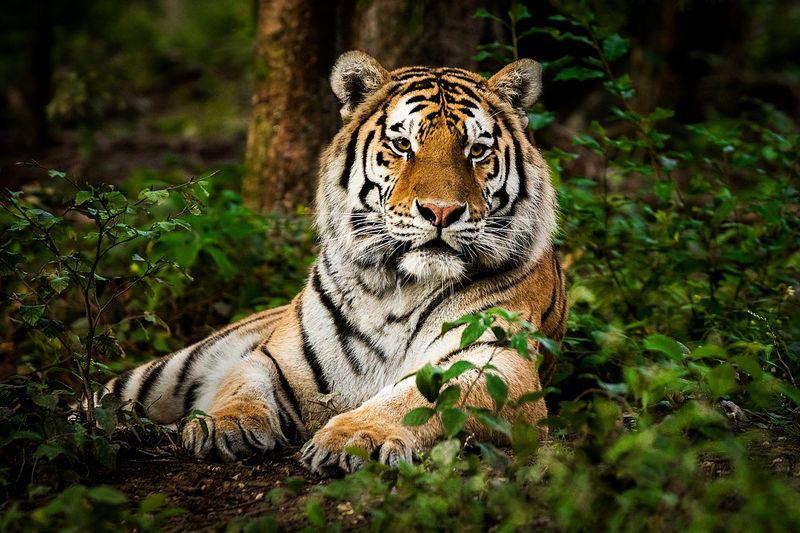
When floodwaters surge, these tigers scramble up mangrove trees with surprising agility! They’ve been spotted napping on branches 20 feet above water during monsoon seasons.
Unlike many big cats who climb primarily to hunt, Sundarbans tigers use trees as flood refuges and observation posts for spotting prey across the watery landscape.
12. Mysterious Population Count
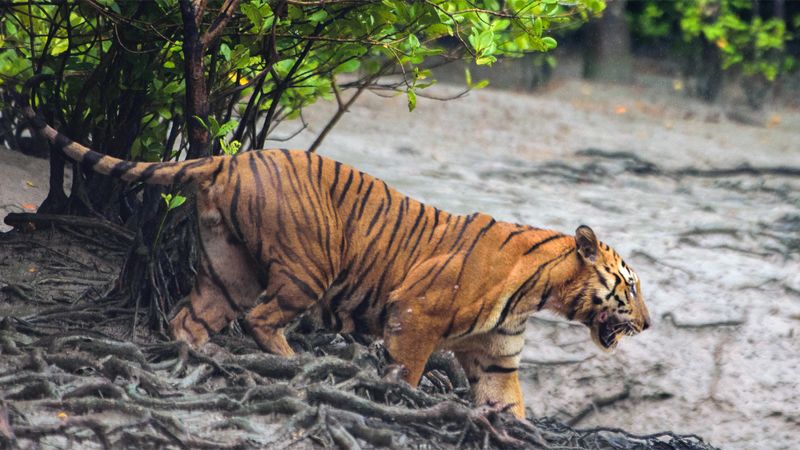
Nobody knows exactly how many remain! Dense mangroves make traditional tracking nearly impossible, with estimates ranging from 85-106 tigers. Camera traps frequently malfunction in the humid, salt-laden air.
Researchers now use environmental DNA from water samples to detect tiger presence without ever seeing the elusive cats.
13. Ambush Hunting Masters
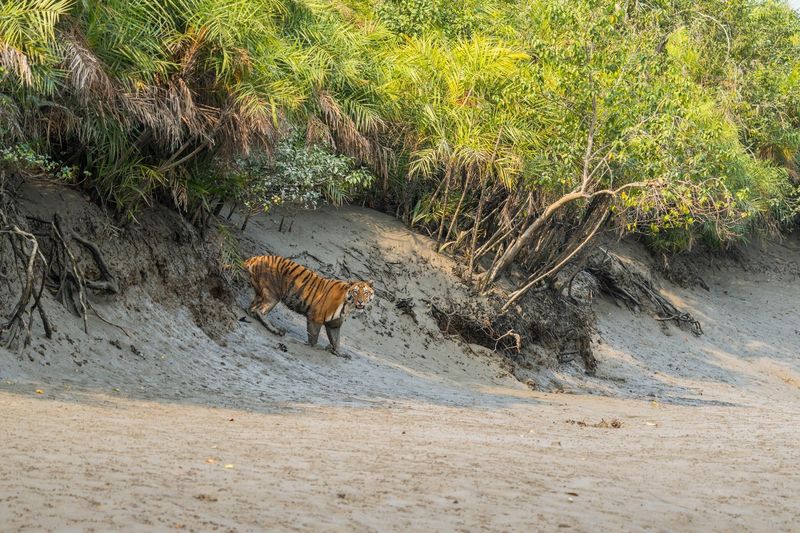
Patience pays off in the mangroves! These hunters wait motionless for hours beside animal trails or water holes, perfecting the art of surprise attacks.
Their hunting success rate exceeds 30% – remarkably high for solitary predators. The complex terrain actually works to their advantage, funneling prey through predictable routes between islands.
14. Unique Vocalization Patterns

Their roars sound different! The mangrove acoustics have shaped their vocalizations to carry effectively through dense vegetation and across water channels.
Researchers note their calls contain more low-frequency components than other Bengal tigers, allowing sound to travel farther in the humid, salt-laden air of the Sundarbans.
15. Cultural Guardians
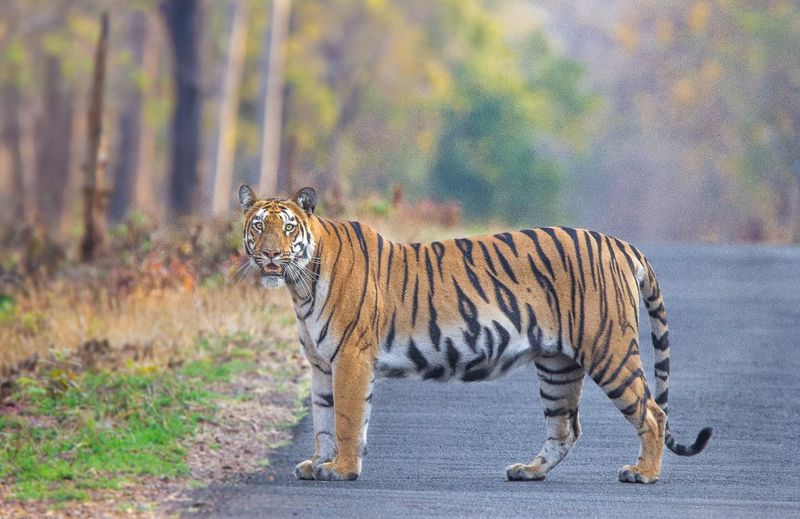
For centuries, these tigers have shaped local culture and religion. The Bonbibi cult worships a forest goddess who protects humans from tiger attacks, creating a spiritual relationship with these feared predators.
Elaborate shrines dot the forest edges where offerings are made before entering tiger territory, reflecting deep respect rather than simple fear.






